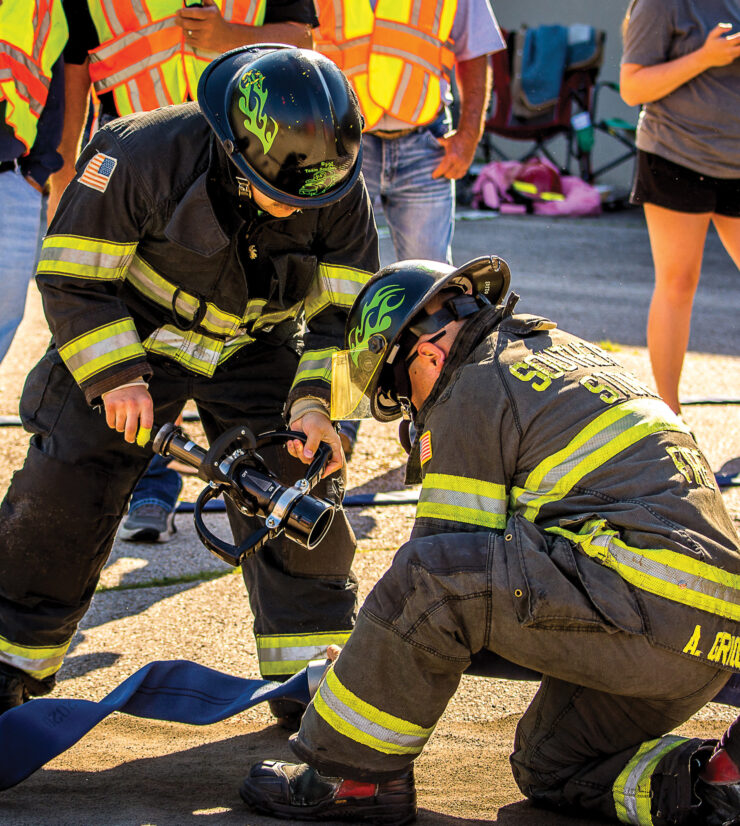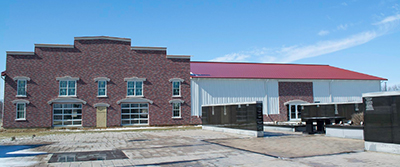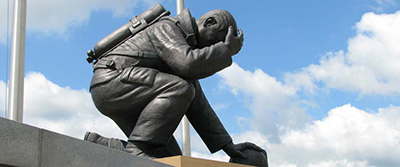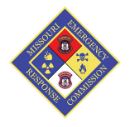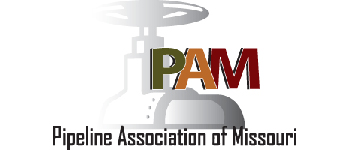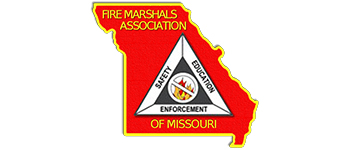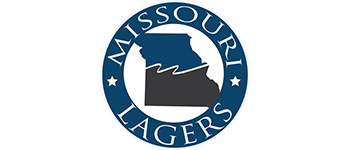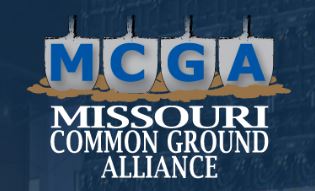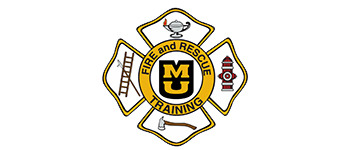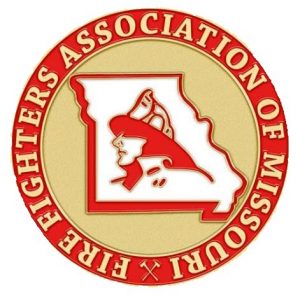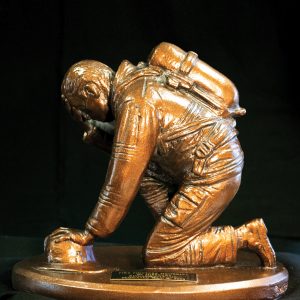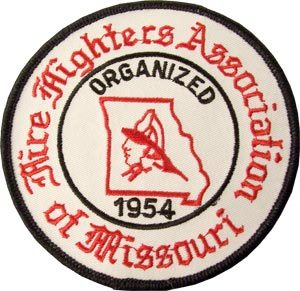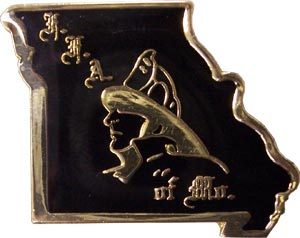District 7
You missed a great convention. The Lake Ozark Fire Protection District did an outstanding job. It was educational and fun. Congratulations to all the winners. It is official, District 7 has grown. We have incorporated the old District 8 which is St Francois, St Genevieve and Perry Counties. So we need two individuals who live in the counties listed to serve as assistant directors to help spread the word on the FFAM and to build a stronger membership drive for the departments and the association. If you are that person, go to the FFAM website and go to the “Directors” link. Find District 7 for my or Andrew’s information and reach out to us. Thank you for your time and consideration and hope to hear from you soon.
As I was timing the firefighter games, I noticed how each group worked together and cheered on each other when things didn’t go as planned the team again worked together. Even the opposing teams helped with suggestions or if the person doing that task was unable to get the job completed the teammate helped so that sparked this.
As I was looking for this topic, I went to the dictionary and looked up the meaning. According to Webster, teamwork is defined as work done by a group acting together so that each member does a part that contributes to the efficiency of the whole. The first known use of teamwork was in 1870. I also want to use what Eureka Fire Protection District uses, which is T.E.A.M. Together Everyone Achieves More.
In the high-stakes world of firefighting, every second counts. Lives and property hang in the balance, demanding a level of cooperation, communication, and leadership that few careers require. At the heart of this challenging profession lie two crucial components: teamwork and leadership. These are not just buzzwords; they form the foundation of efficient firefighting. In this article, we will explore how these elements create a well-oiled firefighting machine.
A unified team can accomplish what individuals alone cannot. In the face of catastrophe, firefighters operate coordinated, placing their trust in their fellow team members with their lives. This togetherness is not just a luxury, it is a necessity. Additionally, a clear delineation of duties guarantees that each member understands and executes their role without doubt. From hose line operations to search and rescue efforts, each position plays a critical part in the overall endeavor.
One important aspect of firefighting is effective communication. Operations demand clarity, conciseness, and control. This involves employing radio protocols, physical signals, and specific vocal commands to ensure information flows even amidst chaos. Furthermore, leaders must adapt their communication approach to cater to each firefighter’s individual talents and experiences, ensuring that everyone is on the same page.
As leadership is one of the cornerstones of effective firefighting, in the fire service, leaders serve as frontline role models, displaying courage, determination, and an unwavering dedication to team safety. They navigate high-stress circumstances, making split-second, life-saving decisions, a skill honed through training, experience, and a composed demeanor under pressure.
Firefighters and leaders recognize that training is a continuous process that requires regular drills, simulations, and classroom sessions to keep skills sharp and knowledge up to date. Effective leaders also embrace modern technology and tactics to enhance firefighting capabilities, fostering a culture of innovation and continual improvement.
Furthermore, experienced firefighters serve as mentors to the next generation, passing down their knowledge and abilities. This ensures that the history of firefighting excellence continues. Strong leaders also identify potential in their team members and actively foster their development, resulting in a pipeline of capable leaders ready to step up when called upon.
Hope everyone has a great safe summer and is safe out there.


